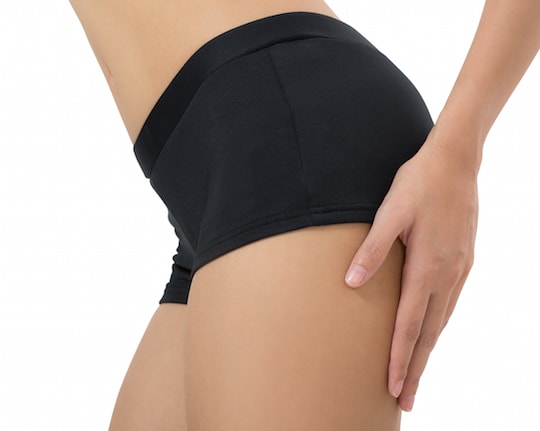WebAdmin
With all the hype about having a bountiful booty, many men and women are heading to the doctor to gain a bigger butt. The Brazilian butt lift is a cosmetic procedure which can immediately enhance the lower curves to gain a bigger, shapelier derriere. The procedure provides two very significant improvements in one surgery. During a Brazilian butt lift (BBL), the surgeon uses liposuction to remove unwanted fat from another area of the body such as the abdomen, thighs or hips. The fat is then purified and re-injected into the booty to enhance the curvy contour. Furthermore, the BBL provides more natural looking results than butt implants and is considered a safer alternative. Much like any surgical treatment, there are some side effects and risks patients need to be aware of before having the procedure.
 Common Side Effects
Common Side Effects
- An adverse anesthesia reaction
- Nausea
- Vomiting
- Pneumonia
- Blood clots
- A stroke
- Pulmonary complications
- Deep vein thrombosis
- Bruising
- Swelling
- Numbness
- Discomfort
- Hematoma
Since the injected material is the fat of the patient, there is little to no chance of infection. However, it is important to follow all post-surgical instructions and keep the surgical site clean to ward off the possibility of an infection. Septic shock is rare but can occur from an infection that is not treated.
Liposuction Risks for BBL
A seroma, or temporary collection of fluid under the skin, is typical with liposuction but will usually subside on its own. In some cases, the doctor may need to aspirate the seroma with a tiny needle. Lidocaine is used during liposuction to numb the treatment area. Lidocaine toxicity can occur if too much of the medication is administered at once. Aggressive liposuction can result in excessive damage to the tissue and cause irregular contours under the skin. Puncturing an organ with forceful liposuction is rare but it is a possibility. If too much fat is removed in one area, as opposed to another, it can lead to disproportional results.
Fat Transfer Risks for the Brazilian Butt Lift
It is important to understand that a portion of the fat reinjected into the buttocks will not survive the transfer so asymmetry can occur. Unevenness can also occur with improper surgical techniques used by a surgeon who is not skilled in performing a BBL. The formation of lumps, in the buttocks and/or liposuction region, caused by fat necrosis or tissue death is a possible risk.
A fat embolism is a possible risk during reinjection. In this situation, the fat becomes injected into a blood vessel and travels to the lungs. This can cause inflammation and result in death. Of course, these risks can be minimized by choosing a board-certified surgeon who is adequately skilled in BBL and who performs it often and with success.
Risks Associated with Not Following Post-Surgical Instructions
During the recovery period, patients must avoid sitting on their butt for the first 2 weeks. They will not be permitted to sleep on their back for 2 or 3 weeks. These post-operative instructions are crucial for obtaining the best results since they are implemented to keep pressure off the treated area. Otherwise, the newly injected tissue is at risk for tissue death. Unsatisfactory results due to contour irregularities, not following post-surgical instructions and too much (or too little) fat removal can cause a need for additional surgery to correct the issues.
SP




